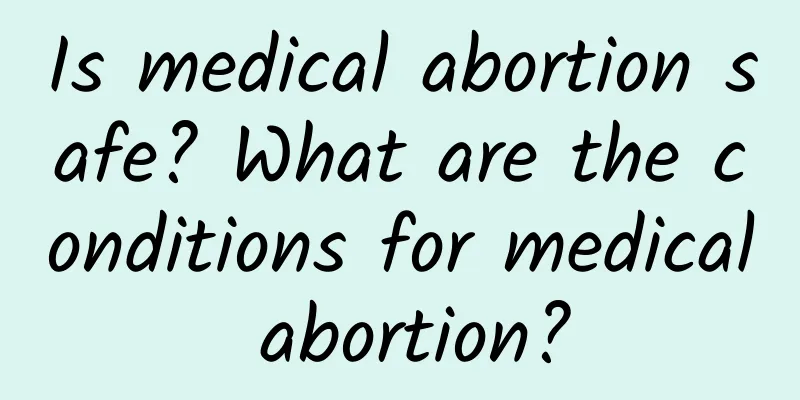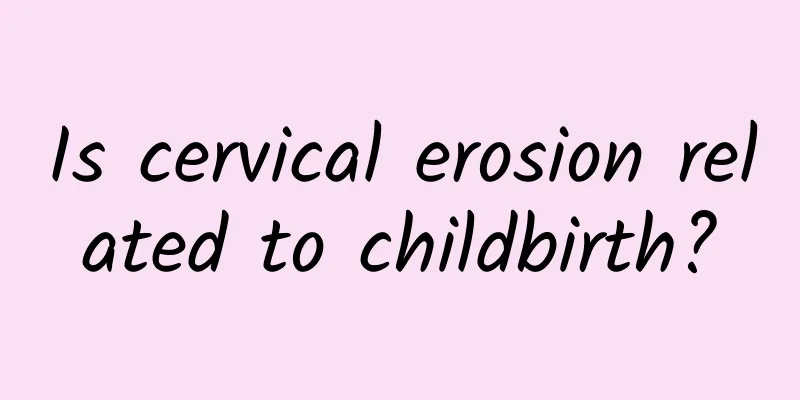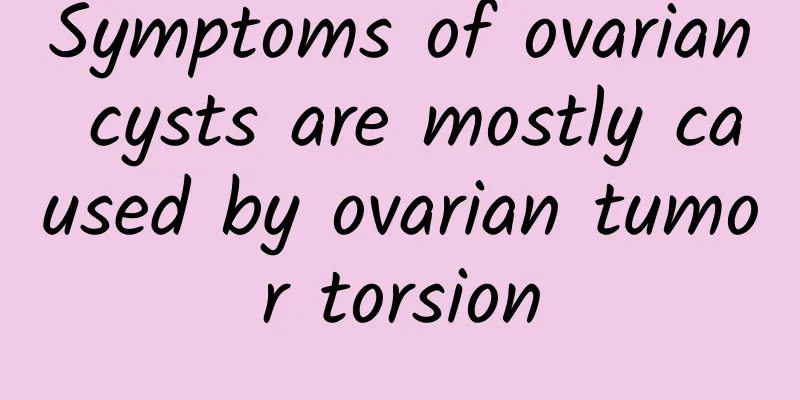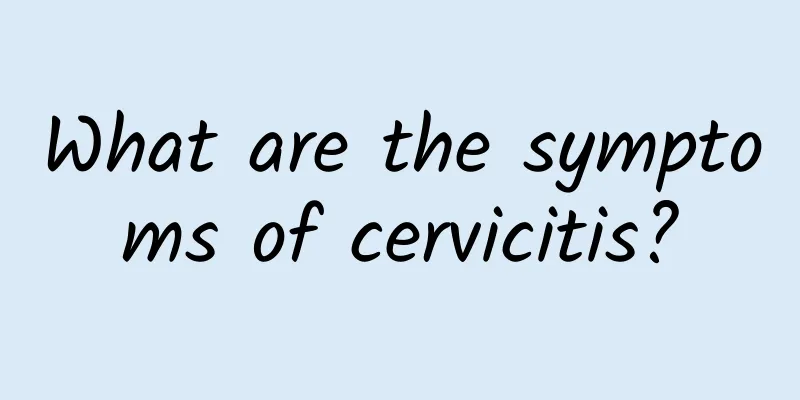What are the classifications of uterine fibroids? How big does a uterine fibroid need to be to require surgery?

|
Uterine fibroids touch the lower end of the intrauterine fibroids through the uterine os. When submucosal fibroids protrude from the vagina, a purple, smooth, ring-shaped tumor can be seen. Are there any classifications for uterine fibroids? How many surgeries are needed for uterine fibroids? Uterine fibroids are benign tumors that occur in the smooth muscle tissue of the uterus. The types of uterine fibroids can be divided into different types according to the relationship between the growth location of the uterine fibroids and the layers of the uterine wall. If the fibroid develops toward the abdominal cavity, it can only be connected to the uterus through a pedicle, becoming a pedicled subserosal uterine fibroid. The blood vessels contained in the tumor pedicle are fibroids. Blood circulation. If the tumor pedicle is twisted, the tumor pedicle may necrotize, and the fibroid falls off in the abdominal cavity, sticking to the greater omentum, intestinal membrane and other adjacent organ tissues, obtaining blood nutrition, and becoming a "parasitic fibroid" or "free fibroid". This type of uterine fibroid turns or blocks the greater omentum blood vessels, forming abdominal symptoms such as ascites. There are many ways to treat uterine fibroids, the most important of which is surgical treatment. Therefore, surgical treatment is generally divided into situations. If there is no certain time, surgery cannot be performed. How many surgeries are needed for uterine fibroids? 1. Generally speaking, if you treat uterine fibroids based on size, you should wait until the uterine fibroids grow to the size of a fist, exceed 3-4cm, and cause compression of other pelvic organs. Surgical resection can relieve symptoms, and the probability of large fibroids worsening is greater than that of small fibroids. 2. If the fibroids grow too fast or after menopause, the fibroids not only do not shrink but become larger, surgical treatment can be chosen for the treatment of uterine fibroids. 3. If the treatment of uterine fibroids requires surgery, first of all, uterine fibroids can cause heavy bleeding, or long-term menorrhagia, prolonged menstruation, leading to anemia, which cannot be cured by drugs. At this time, surgical resection is an effective solution. |
<<: How to treat uterine fibroids in the short term? Medication methods for uterine fibroids
Recommend
Women with dysmenorrhea can't afford it
Women are the most vulnerable during their menstr...
What is the likelihood of cervical warts recurring?
The occurrence of cervical warts is related to ma...
Can e-cigarettes help you lose weight? Quitting smoking is the best way to lose weight
The Internet is going viral: "Smoking e-ciga...
What to eat after an abortion to recover quickly What to eat after an abortion to replenish the body
What to eat after abortion to recover quickly Aft...
Is hyperprolactinemia serious?
Hyperprolactinemia is a relatively serious gyneco...
What are the clinical classifications of cervical precancerous lesions?
The incidence of cervical precancerous lesions ra...
11 ways to treat constipation and easily detoxify and reduce belly fat
Every time you have the urge to defecate but can&...
The difference between ovulation pain and pelvic inflammatory pain
The difference between ovulation pain and pelvic ...
Criticizing the hypocrisy of both parties: American beef is fully labeled for election
The lack of consensus between the ruling and oppo...
How to take care of pelvic peritonitis?
We are all very familiar with pelvic peritonitis,...
How many days does it take for the gestational sac to be discharged during a spontaneous abortion? Knowing this early will benefit you sooner
After many women become pregnant, they will first...
Experienced treatment of uterine fibroids
Uterine fibroids belong to the category of diseas...
What are the dietary taboos for women with irregular menstruation? What causes irregular menstruation in women?
Menstrual disorders, also known as irregular mens...
How many days after taking medicine for abortion can you go out? What should you pay attention to after taking medicine for abortion?
Some women may choose medical abortion after an u...
How long will the pregnancy reaction last after abortion? 3 reasons why the pregnancy has not disappeared
How long it takes for pregnancy symptoms to disap...









